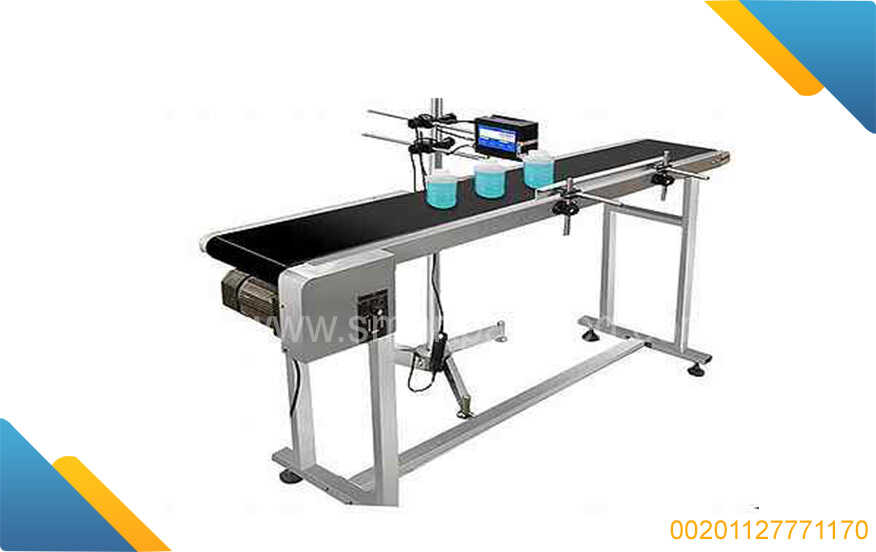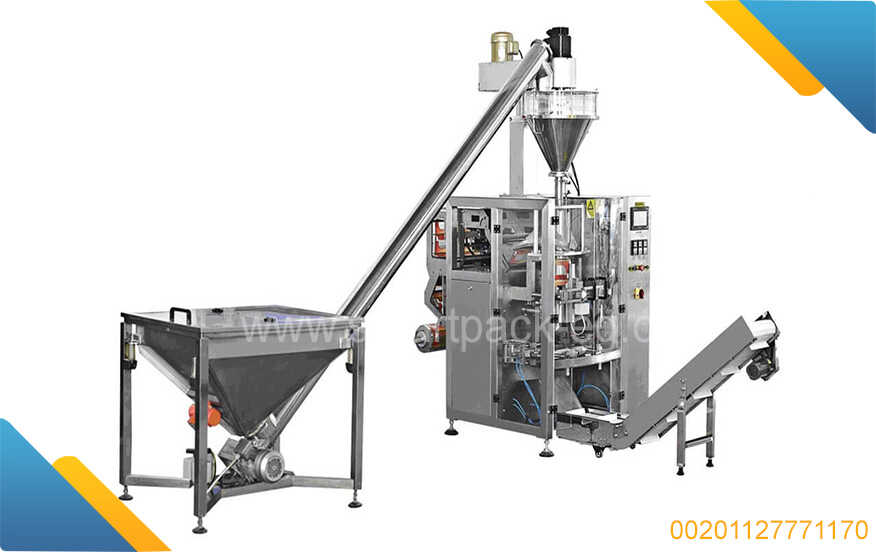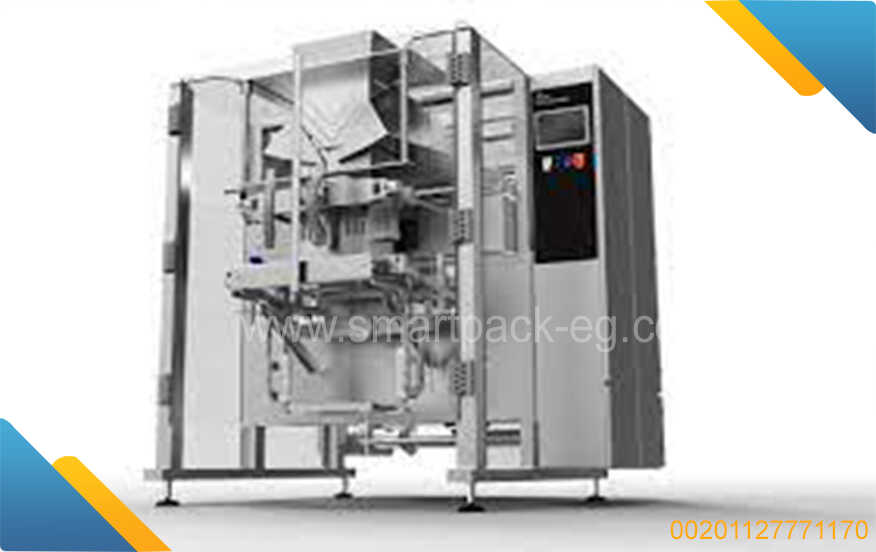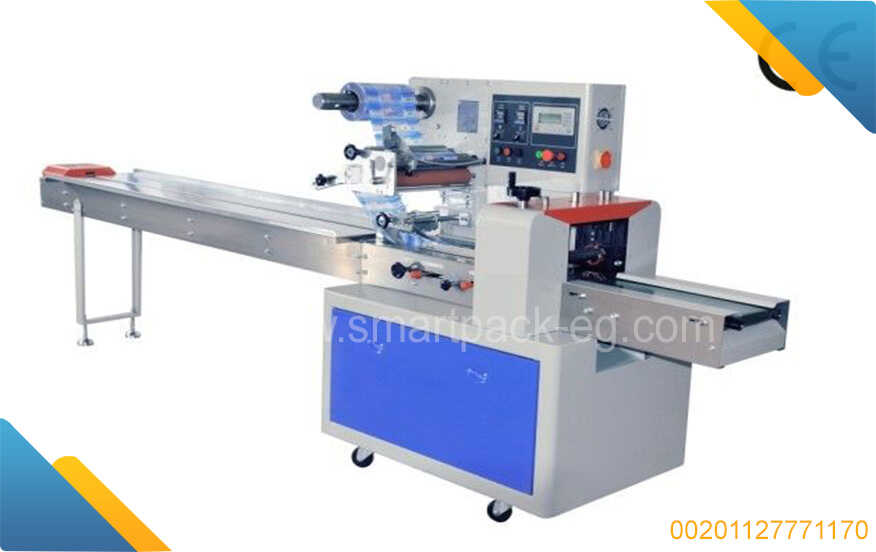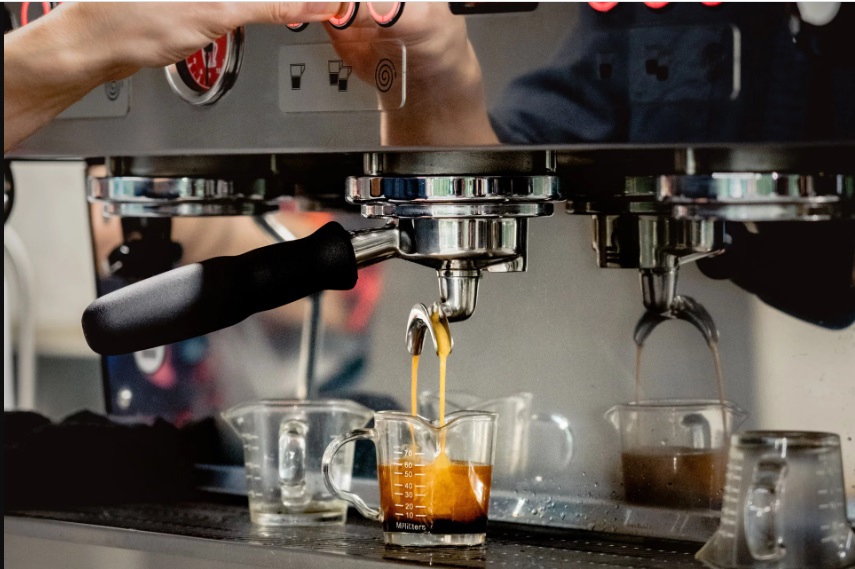How To Guide: Sterilization - Preserving the Things Around Us
As a responsible individual, it is crucial to understand the significance of sterilization and its impact on preserving the things around us. Whether it's for personal hygiene purposes or maintaining a clean and safe environment, sterilization plays a vital role in preventing the spread of diseases and ensuring the longevity of various items. In this guide, we will explore different types of sterilization methods and how they contribute to preserving our surroundings.
- What is Sterilization?
Sterilization refers to the process of eliminating or destroying all forms of microorganisms, including bacteria, viruses, fungi, and spores. By doing so, it ensures the elimination of potential pathogens that can cause contamination or infections.
- Importance of Sterilization:
Sterilization offers numerous benefits when it comes to preserving our surroundings:
a) Protects Health: Sterilizing objects and surfaces minimizes the risk of infections that can be transmitted through microorganisms. It provides a safe and healthy environment for both individuals and communities.
b) Extends Shelf Life: Sterilizing various items like food, medical supplies, and beauty products helps extend their shelf life by preventing the growth of bacteria or fungi that can cause spoilage or product degradation.
c) Maintains Cleanliness: Sterilization plays a crucial role in maintaining cleanliness, especially in medical facilities, laboratories, and food processing industries. It ensures that surfaces and equipment are free from harmful microorganisms.
- Types of Sterilization:
There are several methods of sterilization available, each with its own unique advantages. Let's explore some commonly used techniques:
a) Heat Sterilization:
Heat sterilization is one of the oldest and most widely used methods. It involves exposing objects or substances to high temperatures to eliminate microorganisms. The two primary heat sterilization methods are:
- Dry Heat Sterilization: In this method, objects are heated using hot air or an open flame. It is commonly used for glassware, metal instruments, and oils.
- Moist Heat Sterilization: This method utilizes steam under pressure in autoclaves for sterilizing various medical and laboratory equipment, textiles, and surgical instruments.
b) Chemical Sterilization:
Chemical sterilization involves using various chemicals to rid objects of microorganisms. Some common chemical sterilization methods include:
- Ethylene Oxide Sterilization: This technique utilizes a gas, ethylene oxide, to sterilize heat-sensitive medical devices, plastic equipment, and certain pharmaceutical products.
- Hydrogen Peroxide Plasma Sterilization: This method employs hydrogen peroxide vapor in a low-pressure plasma unit to sterilize delicate medical instruments and electronic equipment.
c) Filtration Sterilization:
Filtration sterilization involves passing liquids or gases through filters with microscopic pores that trap and remove microorganisms. This method is frequently used to sterilize solutions, vaccines, and pharmaceutical products.
d) Radiation Sterilization:
Radiation sterilization employs high-energy radiation, such as gamma rays or electron beams, to destroy the DNA of microorganisms. This method is commonly used for sterilizing medical supplies, pharmaceuticals, and disposable items.
- Conclusion:
Sterilization is an essential practice for preserving the things around us and maintaining a healthy environment. By using various sterilization methods like heat, chemicals, filtration, and radiation, we can eliminate harmful microorganisms, prevent infections, and extend the lifespan of different items. Embracing sterilization practices not only ensures our well-being but also contributes to a safer and cleaner world.

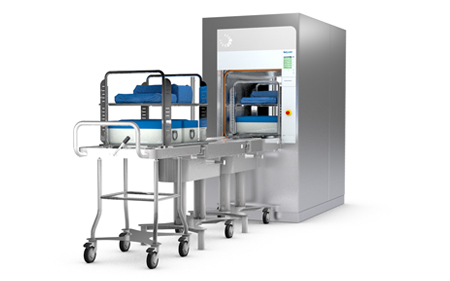
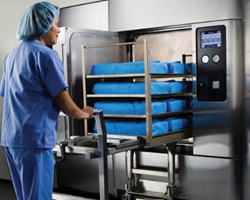
 Admin
Admin 